Hudson Valley Gardening | Local Nurseries Help You Choose The Right Native Species
Posted by Coldwell Banker Village Green Realty on Thursday, June 9th, 2022 at 3:50pm
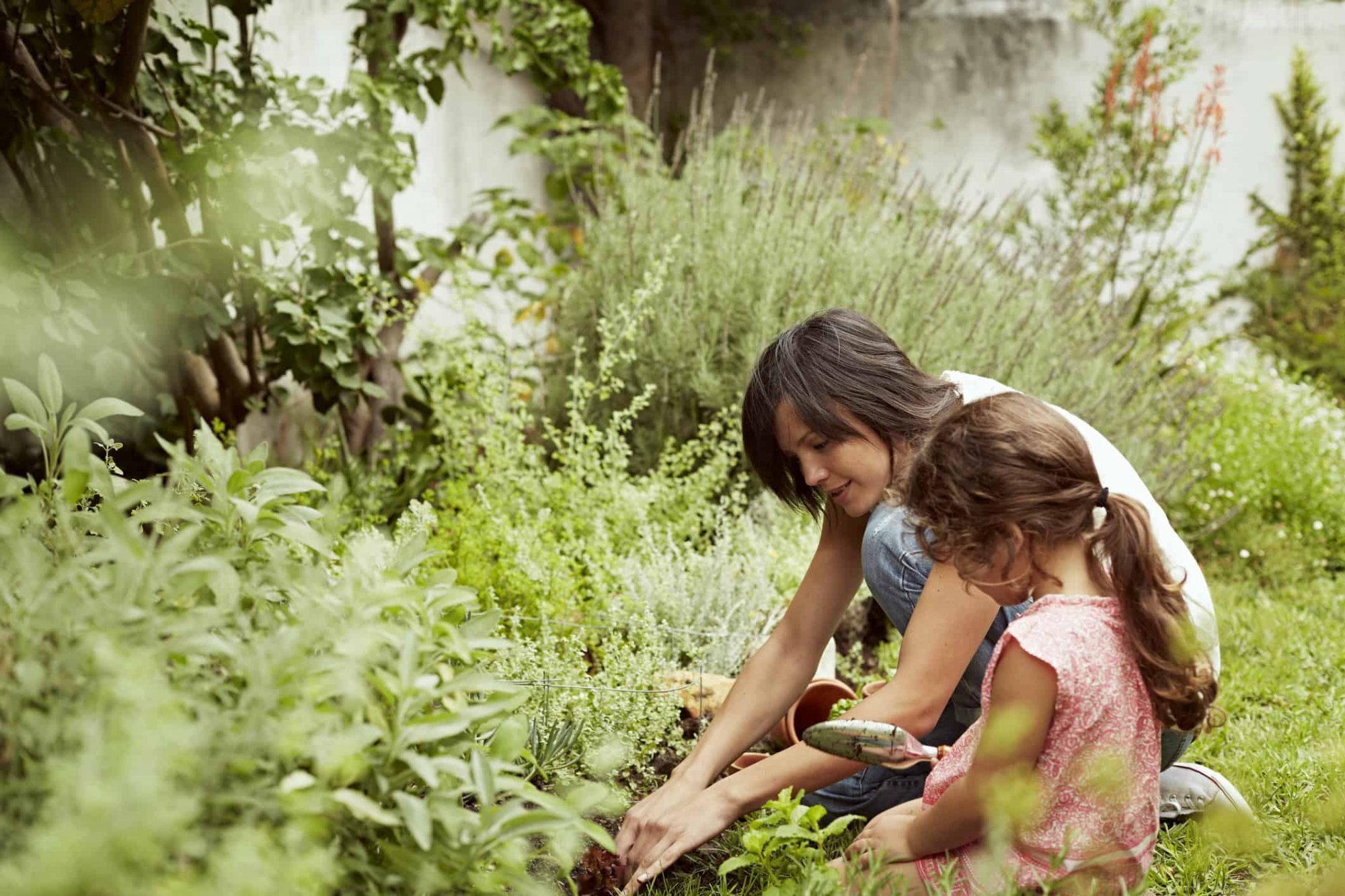
One of the easiest and most beautiful ways to be a conscientious citizen of the planet is to use native species in your garden and landscaping. As Hudson Valley and Catskills real estate experts, we at Coldwell Banker Village Green Realty know that this is a concern close to many buyers' hearts.
Never have we ever heard a homebuyer say they weren't keen on a plot of land because it was decorated with native plants - no one's shouting, "NOOOO, not a serviceberry tree!!!!" - and we have all worked with buyers who put a landscape of local plants on their wishlist in order to live "greenly". As Local Experts, we're happy to give suggestions about everything from plumbers and interior decorators to electricians and gourmet shops (both solicited and un - we just love this stuff)! When it comes to gardens, we're not all green thumbs, so we reached out to the owners of a few of our favorite nurseries for help. We want the bees to be happy, the birds to be happy, and homebuyers (and therefore homesellers) to be happy! How nice that we might be able to do all of this while trapping some carbon and cultivating some oxygen!
When we asked these local nurseries (listed in alphabetical order)—Augustine Nursery, Catskill Native Nursery, Gallo’s, Hudson Valley Native Landscaping and Victoria Gardens—what their top picks for native planting are, we got everything from basic lists to extensive information and recommendations. What we heard from all of them was that there are so many options. Read on!
The Top 5 Areas Nurseries'
Top 5 Picks For Native Planting
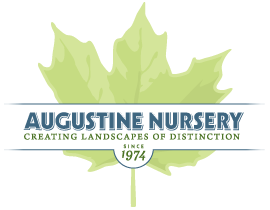
Augustine Nursery - Kingston, NY
845-338-4936
Ron Augustine, one of the owners of Augustine Nursery in Kingston helpfully contributed three lists: one for trees, one for shrubs and one of perennials. Clearly Ron knows what he's talking about and is as enthusiastic about plant species as we are about high-quality windows and the perfect mudroom.
Trees: Dogwood (1), Clump river birch (2), Serviceberry (3), Sycamore (4) and Red Maple (5)
A property planted with these will have variety of color, height and texture. You could kind of just go to Augustines and get a mixture of these, take care of them and call it perfection.
Shrubs: Buttonbush (6), Blueberry (7), Winterberry (8), Clethra (9) and Bayberry (10)
If you love the look of berries in your yard, this is a place to start.
Perennials: Bottlebrush grass (11), Little bluestem (12), Milkweed (13), Christmas fern (14) and Joe-Pye-weed (15)
We love how different the names of these pretty perennials are. Little bluestem? Sign us up - this plant sounds adorable! Joe-Pye-Weed? Mmmm.... Turns out it's quite pretty!
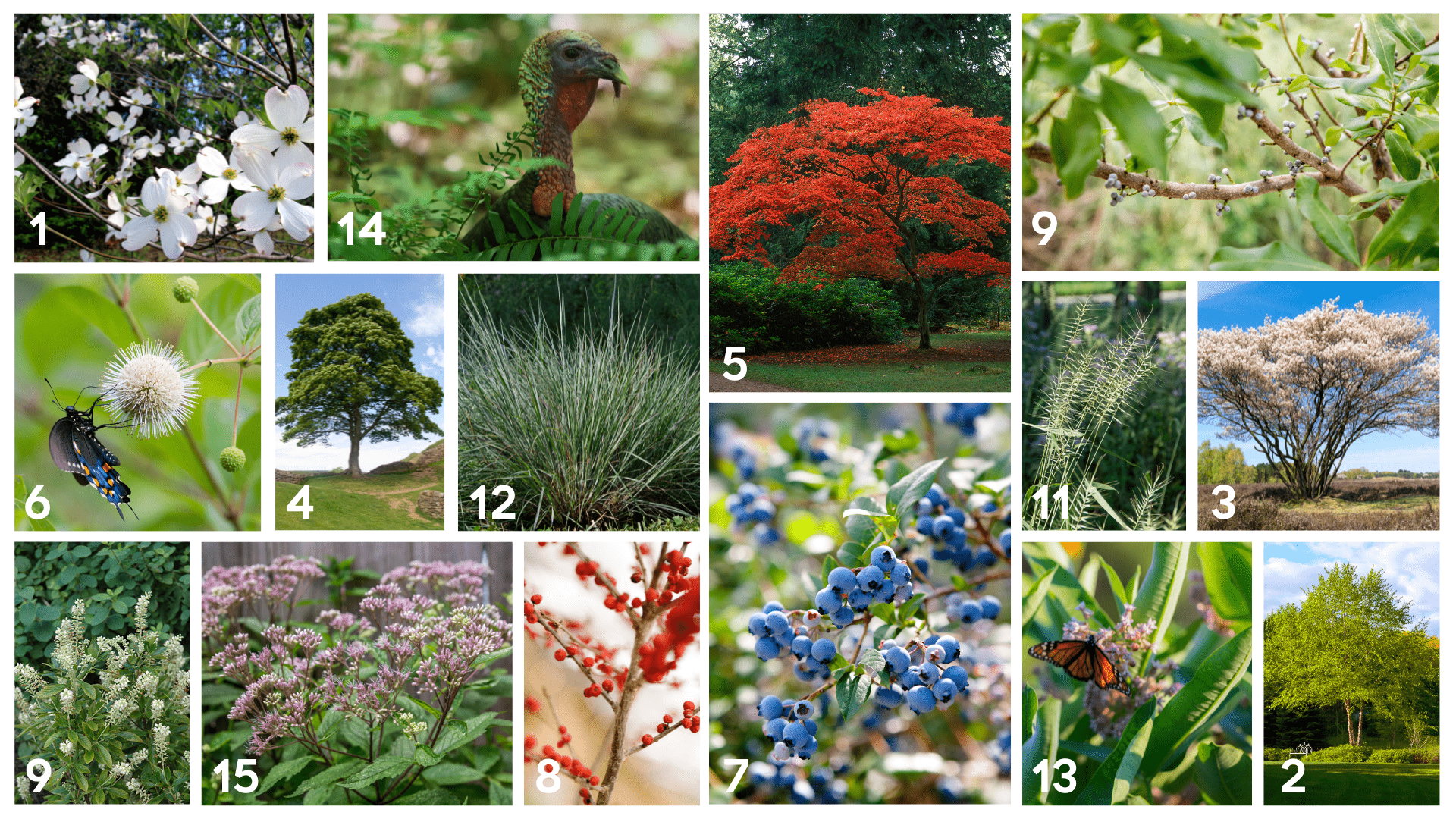
Catskill Native Nursery - Kerhonkson, NY
845-626-2728
Diane Greenberg, who owns Catskill Native Nursery in Kerhonkson with her partner Francis Groeters, had a lot to say when asked about native plants.
“Number One is oak trees, because a lot of insects lay larvae there in the spring when birds are having fledglings, and fledglings need insects to survive.
“As an ecological landscaper, when someone asks me ‘What is the best plant?’ my response is always, ‘the best for what? The best for sun, for shade, a high-water table or maybe the best for birds, bees or butterflies?’ When deciding on the best, you first have to determine what is best for the plant. It goes beyond what a gardener might find pretty or what physically fits into a space left by a plant that died. Getting the best garden comes from matching plants to the type of environment they have evolved for generations to thrive in. You need to identify the natural conditions of your property (sunny, shady, moist, dry, rocky, acidic, etc.), and then pick a plant from a species that thrives in those conditions.
|
|
“When I design a garden, I think of it as creating an ecosystem, just like in nature. No one is running around pruning and fertilizing wild landscapes, because the plants are where they want to be. It's nice to bring that ease of care and beauty to your own garden, and we can only do that by learning about plants and the spaces we want them to live in.
“It’s all about putting the right plant in the right place and in the right conditions, not being human-centric but nature-centric. If you want to be an ecological landscaper, it can’t be simply imposing what you want on the landscape but what works in the landscape.”
Diane suggests Doug Tallamy’s Top 10 Native Plants for Wildlife and recommended this native-plant-finder website. She says if people want to learn more about gardening with native plants and ecological landscaping, they should Google Tallamy’s videos—one of them is Growing A Greener World with Doug Tallamy—and seek out his books, like Nature’s Best Hope: A New Approach to Conservation That Starts in Your Yard and The Living Landscape: Designing for Beauty and Biodiversity in the Home Garden by Rick Darke and Doug Tallamy.
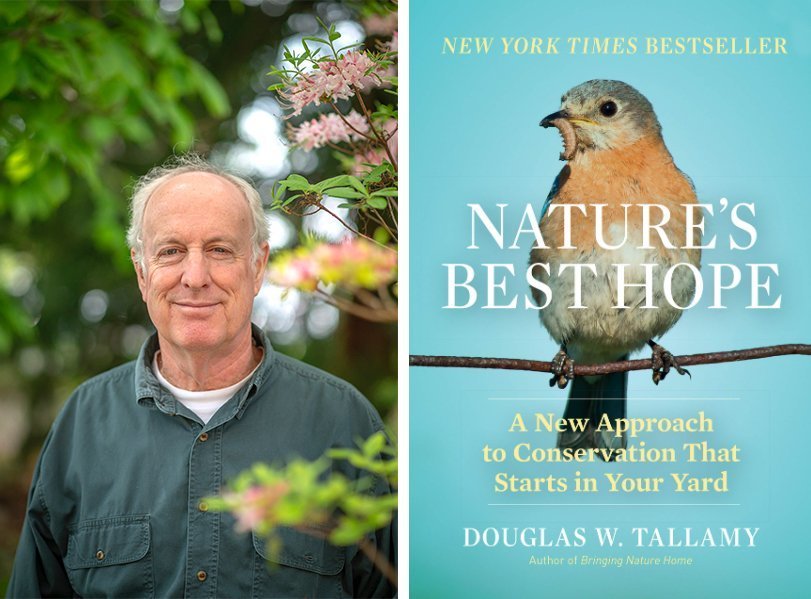
Diane further recommends these other books for anyone interested in learning more about ecological gardening: The Layered Garden: Design Lessons for Year-Round Beauty from Brandywine Cottage by David L. Culp; The Wild Garden by William Robinson; Planting in a Post-Wild World: Designing Plant Communities for Resilient Landscapes by Claudia West and Thomas Rainer; Urban and Suburban Meadows: Bringing Meadowscaping to Big and Small Spaces by Catherine Zimmerman; Garden Revolution: How Our Landscapes Can Be a Source of Environmental Change by Larry Weaner; A New Garden Ethic: Cultivating Defiant Passion for An Uncertain Future by Benjamin Vogt; and Pollinators of Native Plants: Attract, Observe and Identify Pollinators and Beneficial Insects with Native Plants by Heather Holm.
Gallo's Of Woodstock - Woodstock, NY
845-679-5113
At Gallo’s in Woodstock we spoke to owner Pat Gallo who had in-kind points to make about choosing your plants based on criteria beyond what you like. “It all depends on situation, sun and soil conditions. They all have their place; they have to be where they have to be. They’ve got to go in situations they like: soil, pH, dampness. If you’re worried about how your garden around the house looks, don’t plant native plants amongst your flower beds. Set aside a separate spot, because their purpose is to be eaten. They don’t end up looking that good, because they get holes in them.”
Here are Pat’s top five choices and his comments on each:
- Amelanchier lamarckii/ Juneberry: edge of the woods big shrub/tree, beautiful white flowers and berries, birds love it.
- Asclepias incarnate/Swamp milkweed: monarchs love it and lay eggs on it; pink-to-lavender-colored flowers.
- Dennstaedtia punctilobua/Eastern Hay-scented fern: great colonizer for shade, little animals like to hide in it.
- Eutrochium purpureum/Sweet Joe-Pye-Weed: late bloomer, big beautiful pink flowers that bees really love. Monarda
- fistulosa/Bee balm: Little damp meadow flower, bees and butterflies love it.
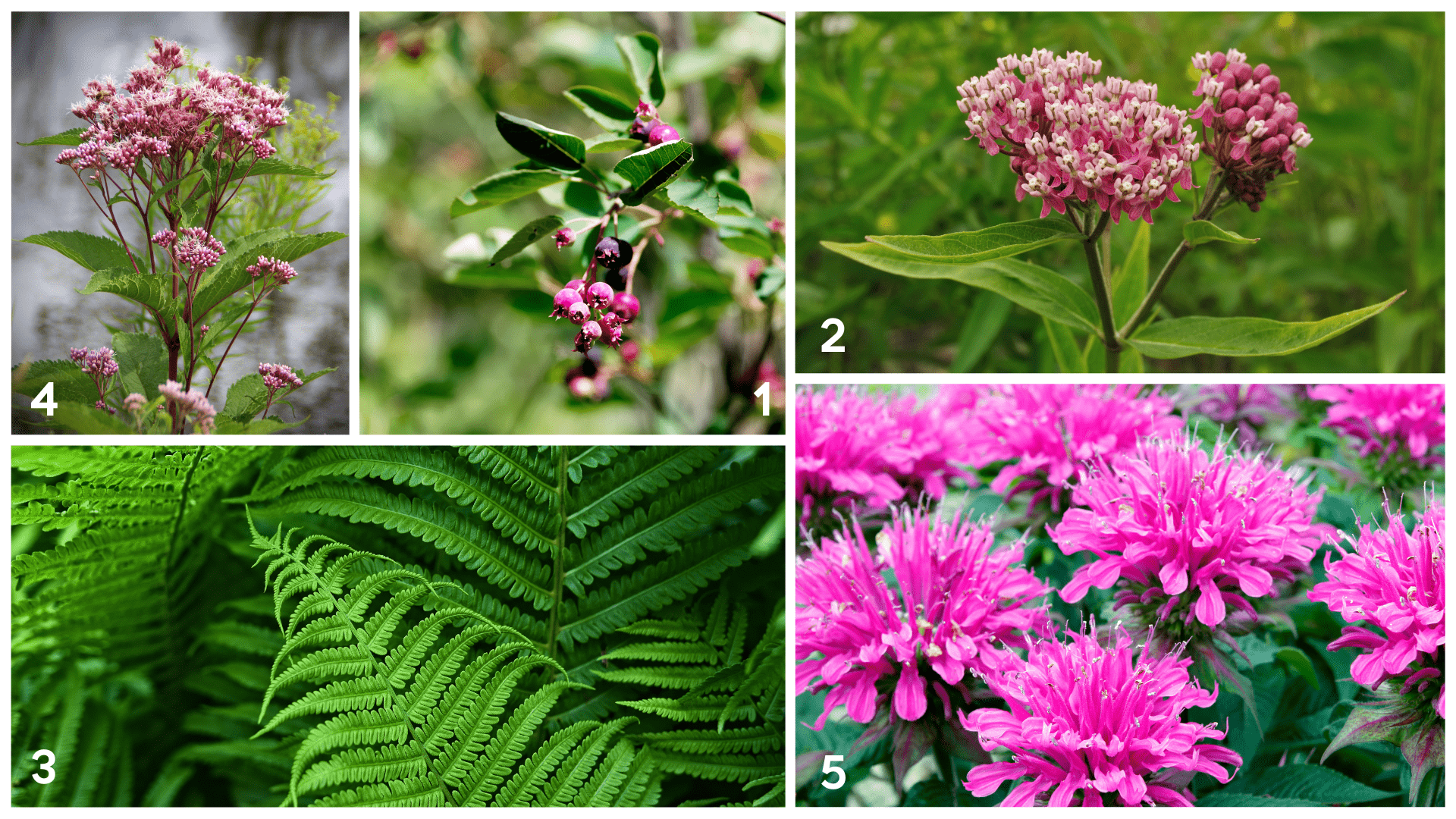
Hudson Valley Native Landscaping - High Falls, NY
845-687-9528
John Messerschmidt, owner of Hudson Valley Native Landscaping, replied this way when we asked for his top five: “Five native plants that I really like? I’d start with Lindera benzoin/Spicebush (1). It supports the spicebush caterpillar butterfly, a beautiful caterpillar. Then there’s Amelanchier/Serviceberry (2), which I like because they’re multi-stemmed and really elegant; they have beautiful, white, star-shaped flowers and bloom in early spring. They’re beautiful as a foundation plant. I like Lobelia cardinalis/Cardinal flower (3) because they’re great for hummingbirds, and they’re just beautiful plants. You don’t get many deep-red plants like that.
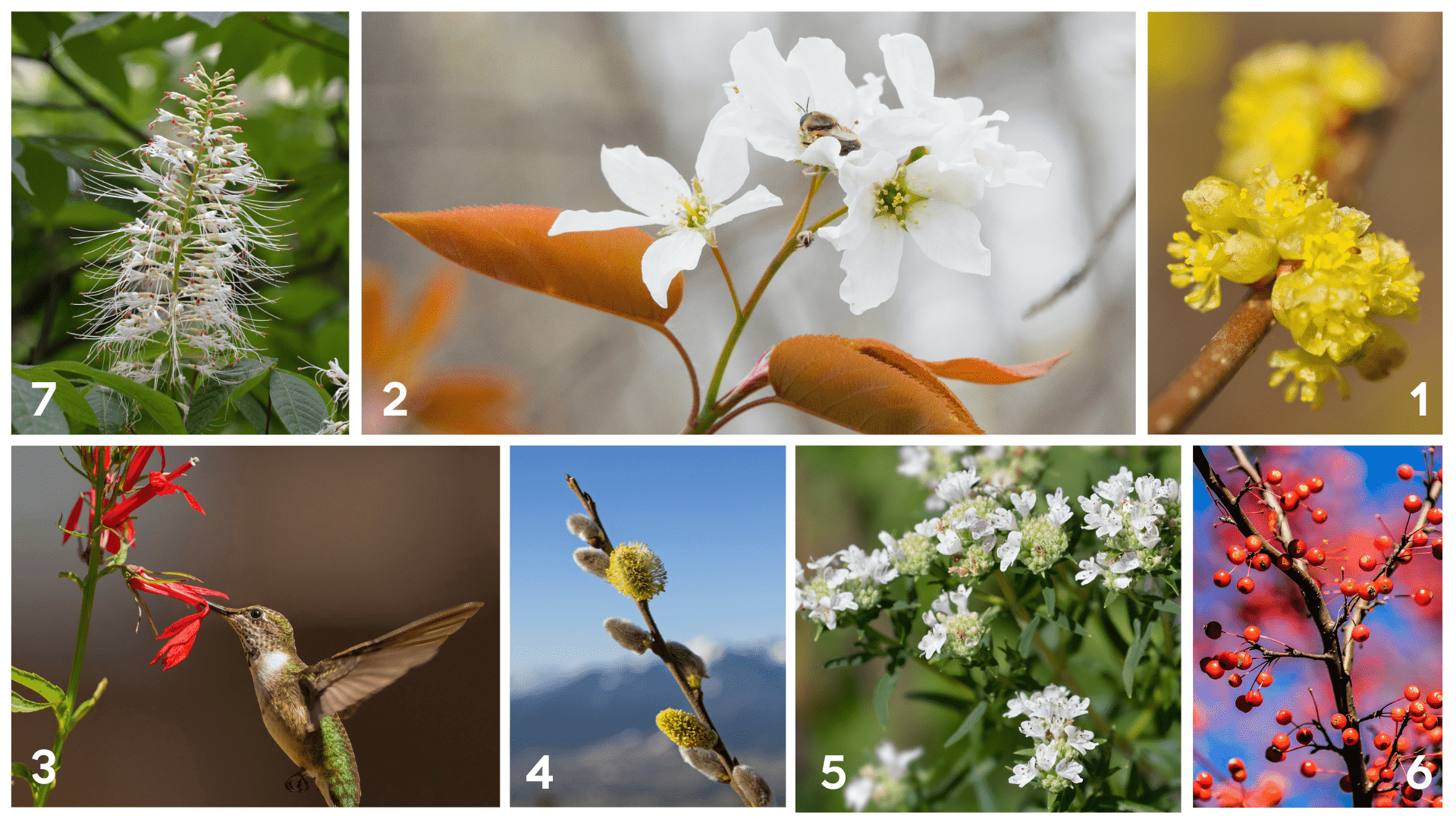
“I love pussy willows (4) because they have big, yellow, puffy flowers, and they also support a really beautiful caterpillar. I love the shape of them. For ground cover, I’m leaning towards Pycnanthemum virginianum/Mountain mint (5) these days, because they smell great, and you can make tea with them.
“If I can name a sixth, it would be Ilex verticillata/Winterberry (6). It’s fairly deer-resistant, and it has really bright red berries in the winter, which gives interest all year-round. They make a great hedge instead of forsythia or privet, which are both extremely invasive. I also love Aesculus parviflora/Bottlebrush buckeye (7). They like shade, the deer don’t like them, they have beautiful white flowers, and they get big and make a nice hedge or privacy screen.”
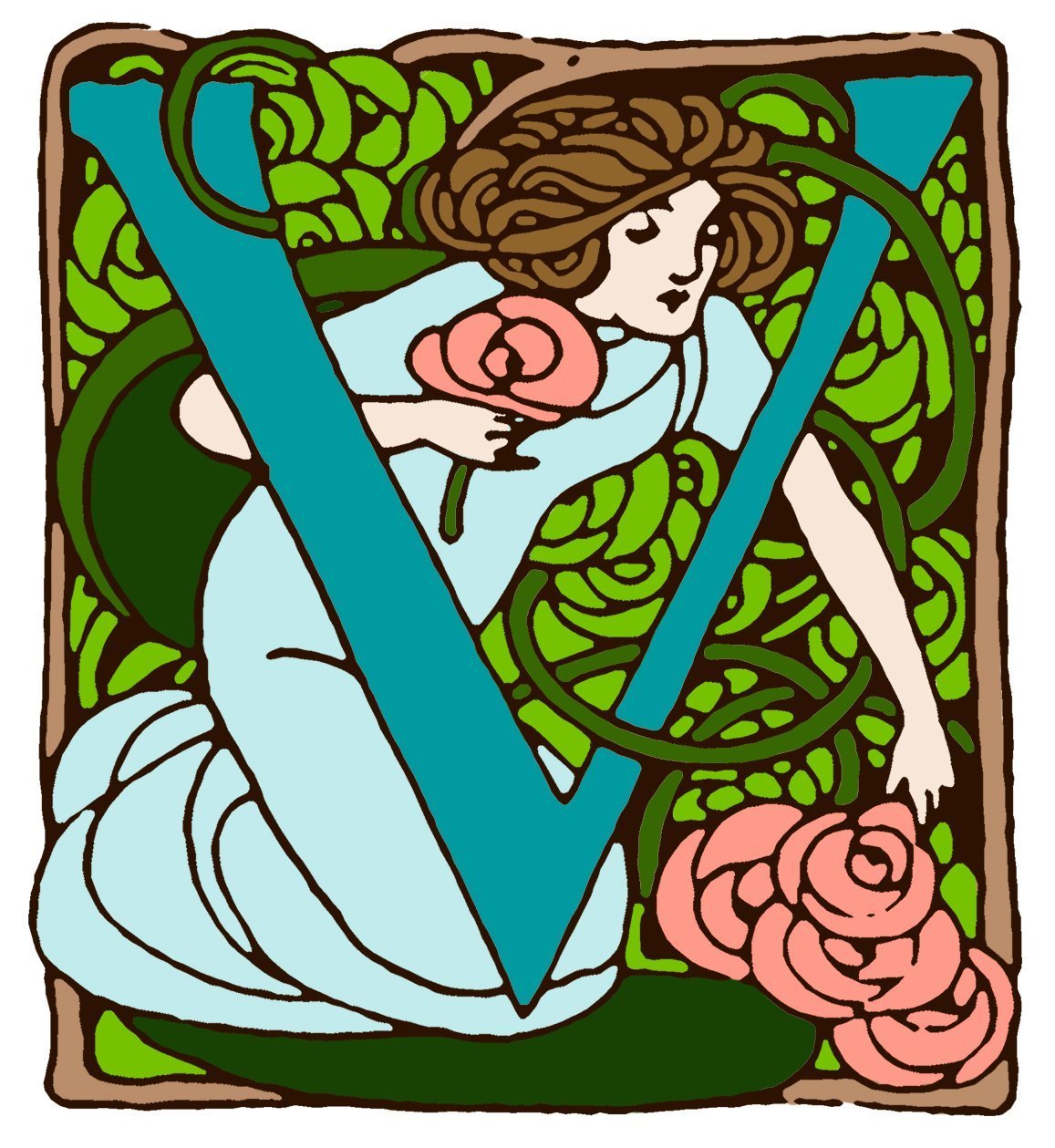
Victoria Gardens - Rosendale, NY
845-658-9007
Victoria Coyne of Victoria Gardens gave us her top picks of dogwoods. They’re native, she loves them, and she thinks they may not be all that familiar to people: (1) Cornus alternifolia/Pagoda Dogwood; (2) Cornus florida/Flowering Dogwood; (3) Cornus mas/Cornelian Cherry Dogwood, recommended as an alternative to forsythia, “because forsythia does nothing for pollinators. It blooms at the same time as forsythia but provides food for bees.” (4)Cornus Cericea/Red Twig Dogwood, which is more of a twiggy shrub. She has a fifth she loves, but it’s not native!
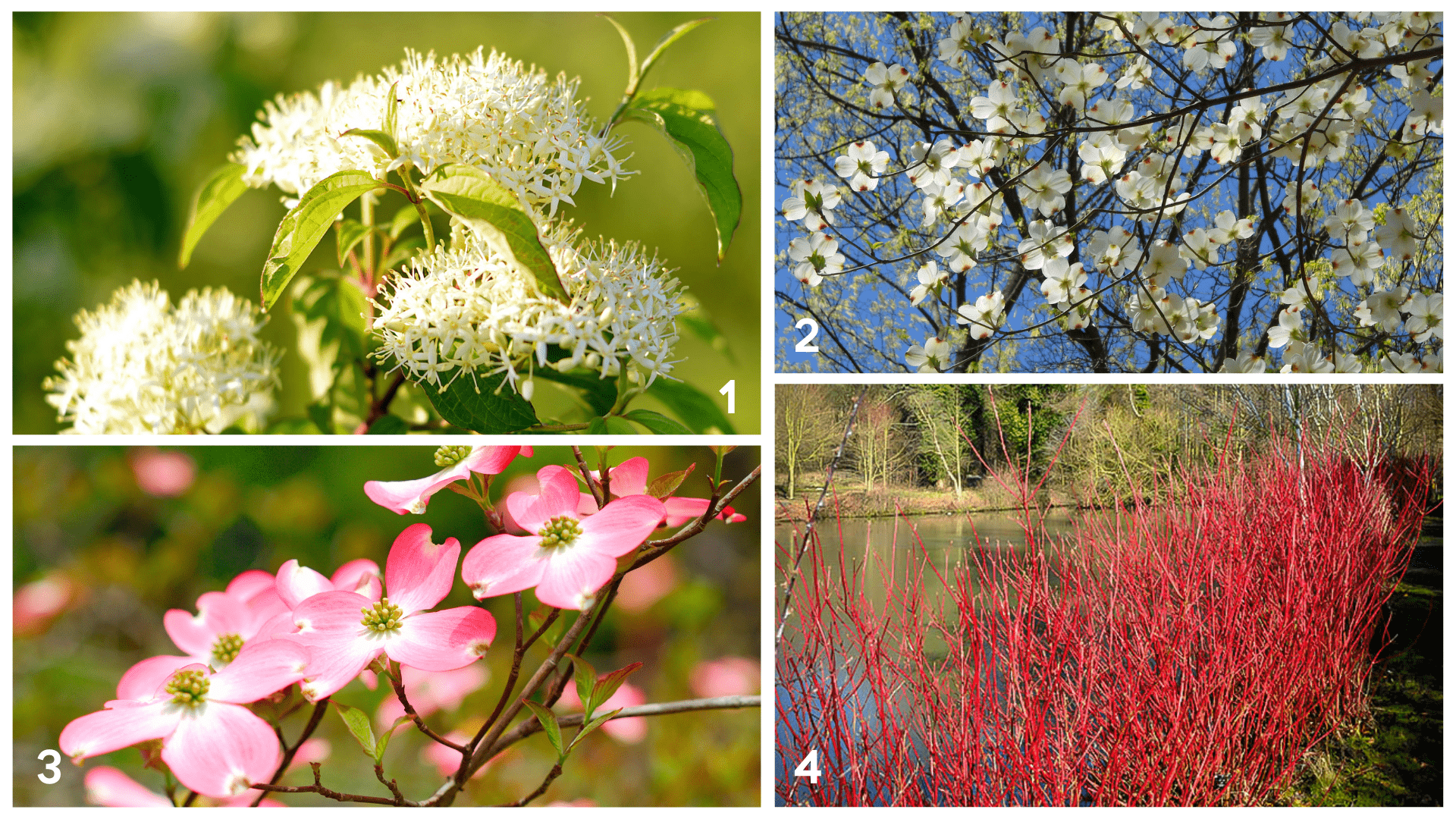
So many beautiful choices and such diversity! Great advice like this and options are why you consult experts. Our Hudson Valley gardening wish for you? May you enjoy a Hudson Valley nurseries crawl that leads to a beautiful and green transformation of your outdoor spaces and may your thumbs be green!

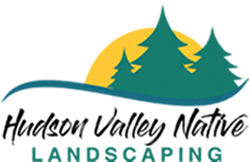
Leave A Comment